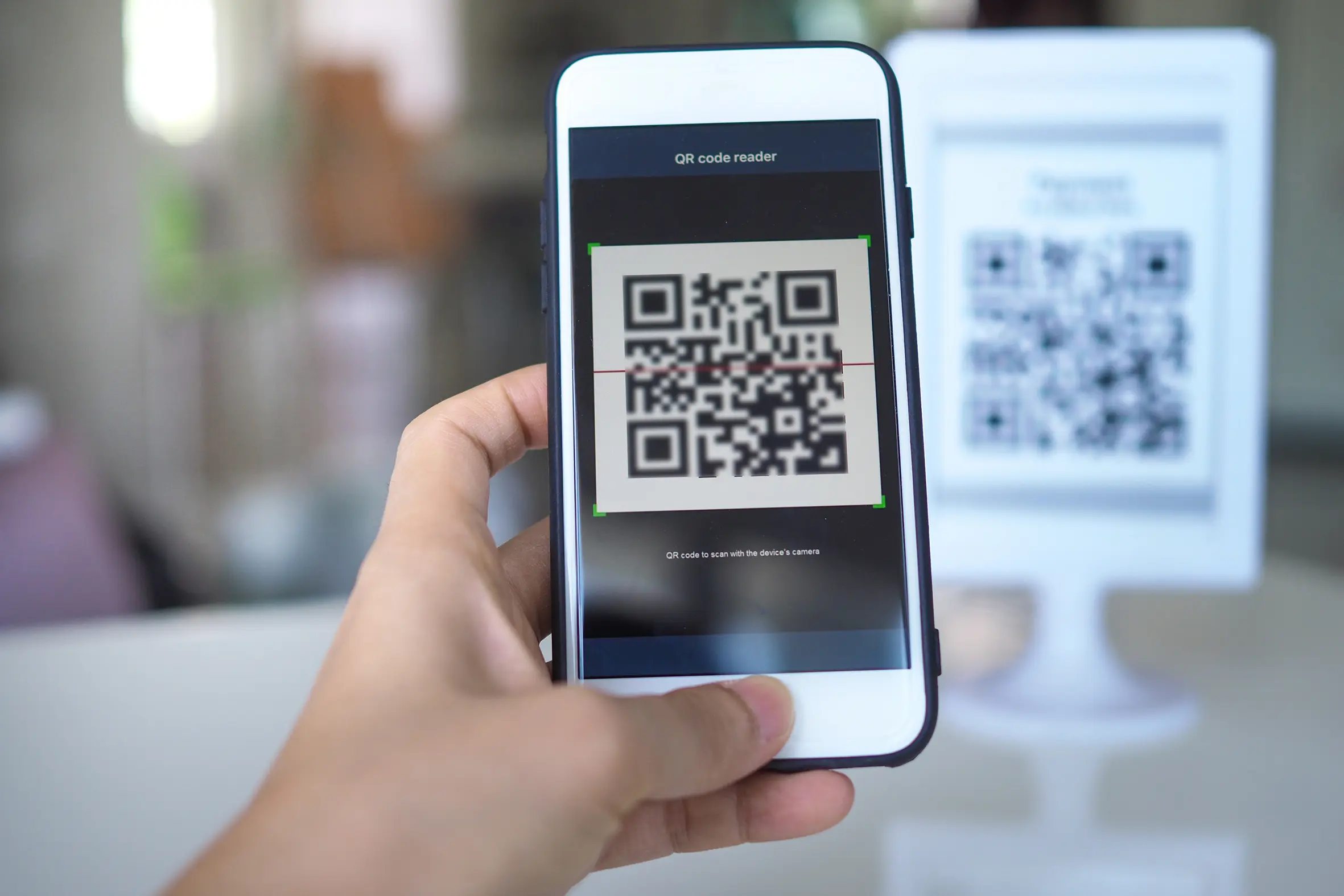Introduction: In a world increasingly dominated by digital interactions and instant access to information, QR codes have emerged as powerful tools for bridging the physical and digital realms. These matrix barcodes, initially designed for inventory tracking, have now become ubiquitous in marketing, education, healthcare, and beyond. Their ability to encode a wealth of data and seamlessly connect users to online content with a simple scan has revolutionized how businesses and individuals share information. This article explores the multifaceted applications of QR codes, delving into their history, functionality, benefits, and future potential.
History and Evolution: The roots of QR codes can be traced back to Japan in the mid-1990s, where they were developed by Denso Wave, a subsidiary of Toyota, to track automotive parts during manufacturing. Initially utilized for industrial purposes, QR codes quickly gained popularity due to their high data capacity and fast readability. As smartphones became ubiquitous, QR codes found new relevance in consumer-facing applications. From accessing websites and making payments to storing contact information and tracking packages, QR codes have evolved into versatile tools that streamline various aspects of daily life. Their evolution from industrial tracking tools to consumer-facing assets reflects the dynamic nature of technology and its ability to adapt to changing needs and contexts.
Functionality and Encoding: At their core, QR codes are two-dimensional barcodes composed of black squares arranged on a white square grid. These squares encode information in the form of binary data, allowing for the storage of alphanumeric characters, numeric digits, binary data, and even Kanji characters. QR codes can store significantly more data than traditional one-dimensional barcodes, making them ideal for applications requiring the encoding of complex information such as URLs, contact details, Wi-Fi network credentials, and product information. QR codes can be generated and read using a wide range of devices, including smartphones, tablets, and dedicated barcode scanners, making them accessible to a diverse user base.
Benefits and Advantages: The widespread adoption of QR codes can be attributed to their numerous benefits and advantages for both businesses and consumers. For businesses, QR codes offer a cost-effective and efficient means of disseminating information, promoting products and services, and engaging with customers. By incorporating QR codes into marketing materials, packaging, signage, and advertisements, businesses can provide instant access to additional content such as product details, promotional offers, instructional videos, and customer reviews. This not only enhances the consumer experience but also enables businesses to track engagement metrics, gather valuable insights, and refine their marketing strategies. For consumers, QR codes offer convenience, immediacy, and interactivity. With a simple scan using their smartphone camera or a dedicated QR code reader app, consumers can access relevant information, complete transactions, join loyalty programs, and interact with brands in meaningful ways. Whether scanning a QR code on a poster to watch a trailer for an upcoming movie or scanning a QR code on a restaurant menu to view nutritional information, consumers can quickly access the information they need, when they need it, without the need for manual data entry or navigation.
Future Potential and Innovation: Looking ahead, the future of QR codes appears promising, with ongoing innovations and advancements poised to further expand their capabilities and applications. As technology continues to evolve, QR codes are likely to become even more integrated into our daily lives, seamlessly connecting the physical and digital worlds in new and innovative ways. Emerging trends such as augmented reality (AR) and near field communication (NFC) are already being combined with QR codes to create immersive and interactive experiences. For example, QR codes embedded within AR experiences can provide additional context, information, or interactive elements when scanned, enhancing user engagement and immersion. Similarly, QR codes equipped with NFC technology can enable contactless interactions, such as making payments or accessing secure areas, with a simple tap of a smartphone. Additionally, advancements in data encryption, security, and authentication are making QR codes increasingly viable for applications requiring secure access and identity verification, such as ticketing, authentication, and secure document storage. As QR codes continue to evolve and adapt to changing technological landscapes, their potential to revolutionize how we access, share, and interact with information remains virtually limitless.
Conclusion: In conclusion, QR codes have emerged as indispensable tools for bridging the physical and digital worlds, enabling seamless access to information, services, and experiences. From their humble beginnings as industrial tracking tools to their widespread adoption in consumer-facing applications, QR codes have evolved into versatile assets with myriad applications across various industries. Their ability to encode a wealth of data, facilitate instant access to online content, and enhance user engagement makes them invaluable assets for businesses, marketers, educators, and consumers alike. As technology continues to advance and innovations in areas such as AR, NFC, and data security drive further enhancements, the future of QR codes looks brighter than ever. By harnessing the power of QR codes, we can unlock new possibilities, streamline processes, and create richer, more interactive experiences in the digital age.make a qr code



